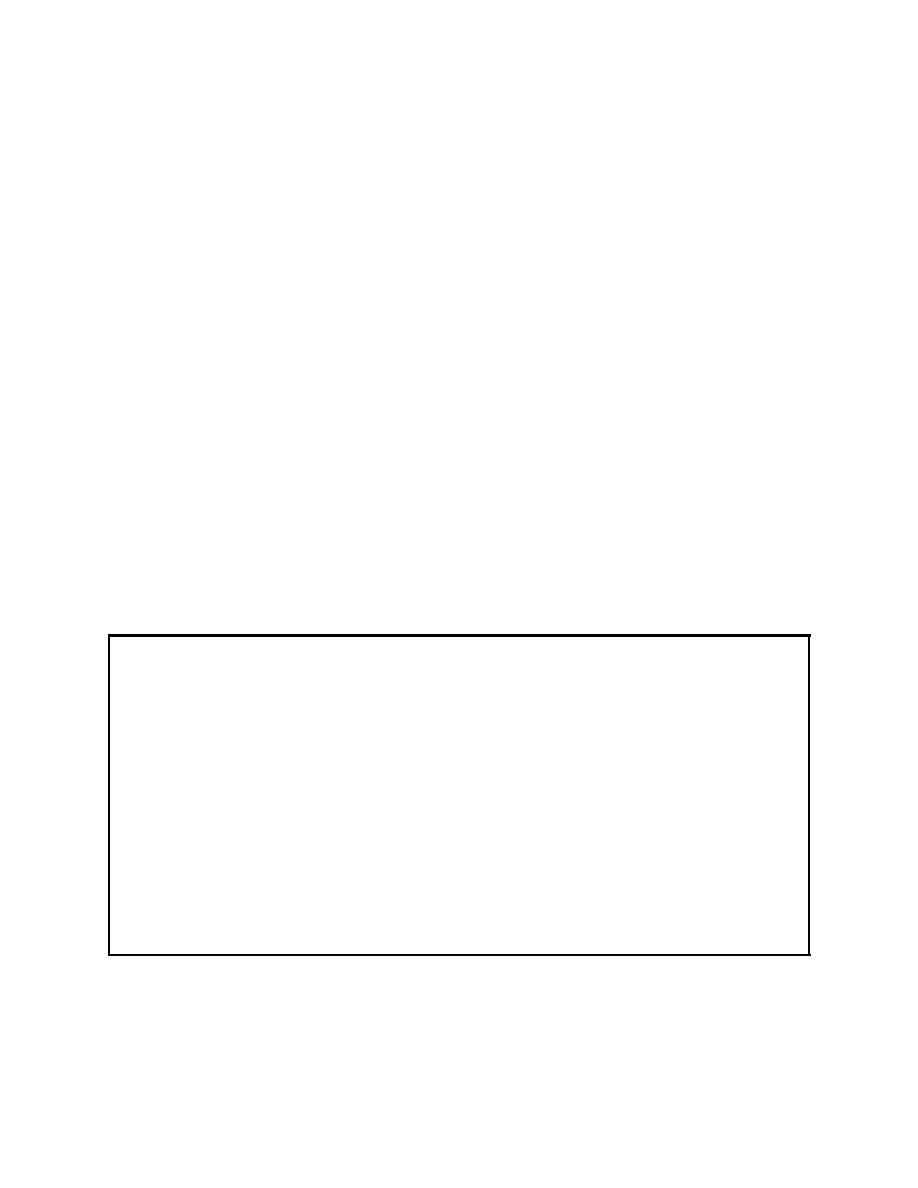 |
||
|
|
||
|
Page Title:
Figure 1. Flowchart for implementation |
||
| |||||||||||||||
|
|
 ERDC TN-DOER-C12
February 2000
been extremely successful and has impressed interested parties that contaminated sediment can be
used beneficially in both a manufactured topsoil for use on restricted sites such as landfills, mineland
restoration sites, and Superfund site restoration and in construction materials such as building blocks
and flowable fill. However, additional concerns have been raised related to the risk of producing
these kinds of materials for these specific uses. Additional environmental testing has been requested
prior to implementation of these beneficial uses.
INTRODUCTION: In order to determine the suitability of dredged material for beneficial uses,
some basic data are required. Characterization tests described in Winfield and Lee (1999) can
provide data that could determine the suitability of a dredged material for a specific use. A
framework for testing and evaluating beneficial uses of dredged material was presented in Winfield
and Lee (1999) that expands Figure 3-4 of the U.S. Army Corps of Engineers (USACE)/U.S.
Environmental Protection Agency (USEPA) Technical Framework (USACE/USEPA 1992). That
framework will be further expanded in this technical note as shown in Figure 1. Case studies on
the application of the characterization tests to determine beneficial uses were described in Lee
(1999). Manufactured soil technology as a beneficial use of dredged material was described in
Sturgis and Lee (1999). Testing the potential for reclamation of contaminated dredged material has
been described in Price and Lee (1999) and Price, Lee, and Simmers (1999) for phytoreclamation
and Frederickson et al. (1999) for bioreclamation processes. These technical notes give the details
on how to test contaminated dredged material to determine if contaminants can be processed so that
the dredged material could then be used for beneficial purposes. A working group of experts that
was convened concluded that phytoreclamation was achievable for certain contaminants currently
and that additional research and demonstration were required for other contaminants (Price, Lee,
and Simmers 1999).
Identify markets
Determine quality, quantity, and availability of appropriate materials
Conduct Characterization Tests
Conduct Preliminary Product Tests to meet required specifications
Present test results to local authorities
Acquire any and all permits, if required
Coordinate local entities requiring product
Develop commercialization plan
Submit plan to appropriate entity controlling dredged material
Figure 1. Flowchart for implementation
Implementation of these innovative technologies for reclaiming and using contaminated dredged
material will be discussed in this technical note. It is important to assess the potential markets for
manufactured products and the availability of local waste materials for the implementation of
2
|
|
Privacy Statement - Press Release - Copyright Information. - Contact Us - Support Integrated Publishing |